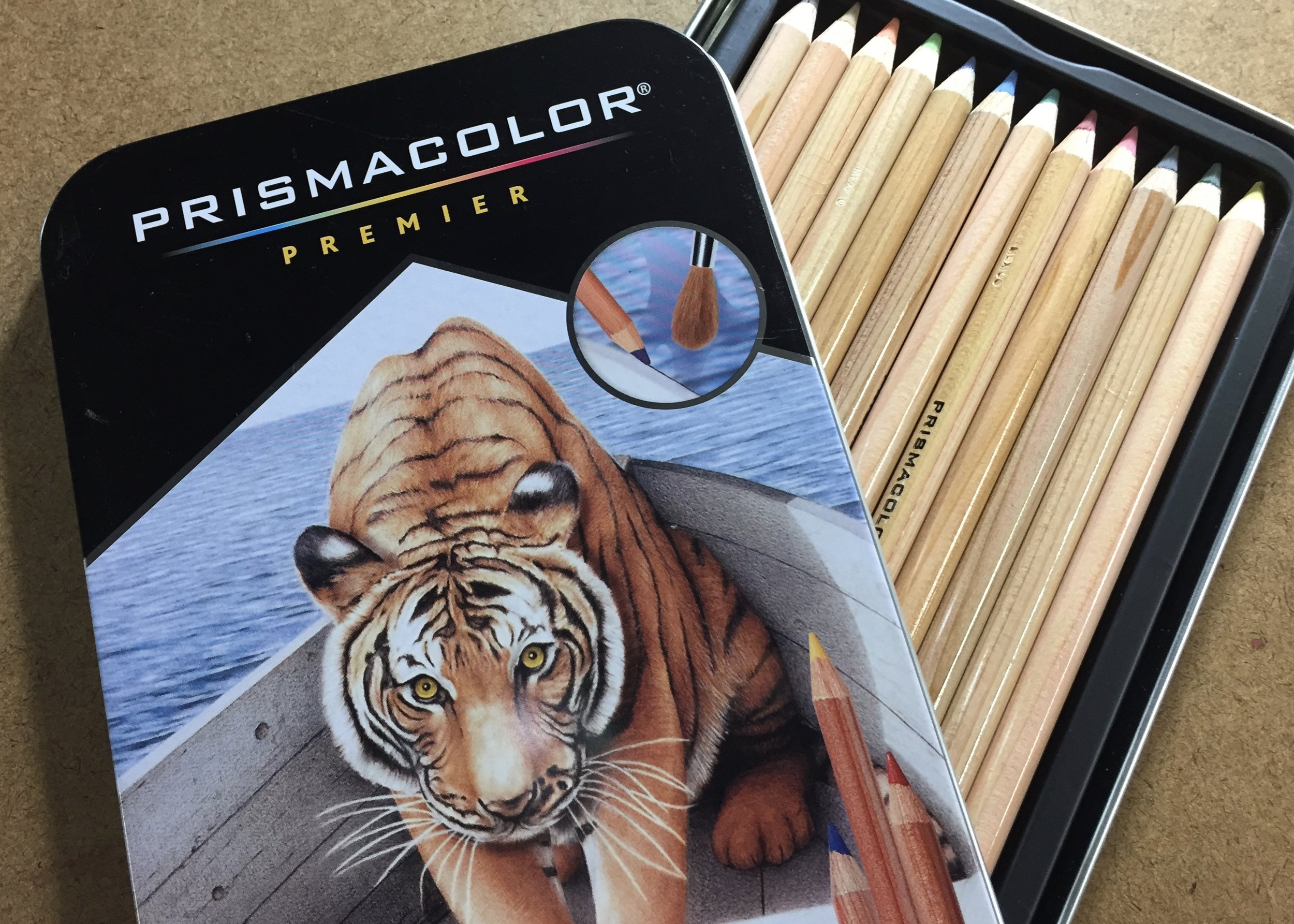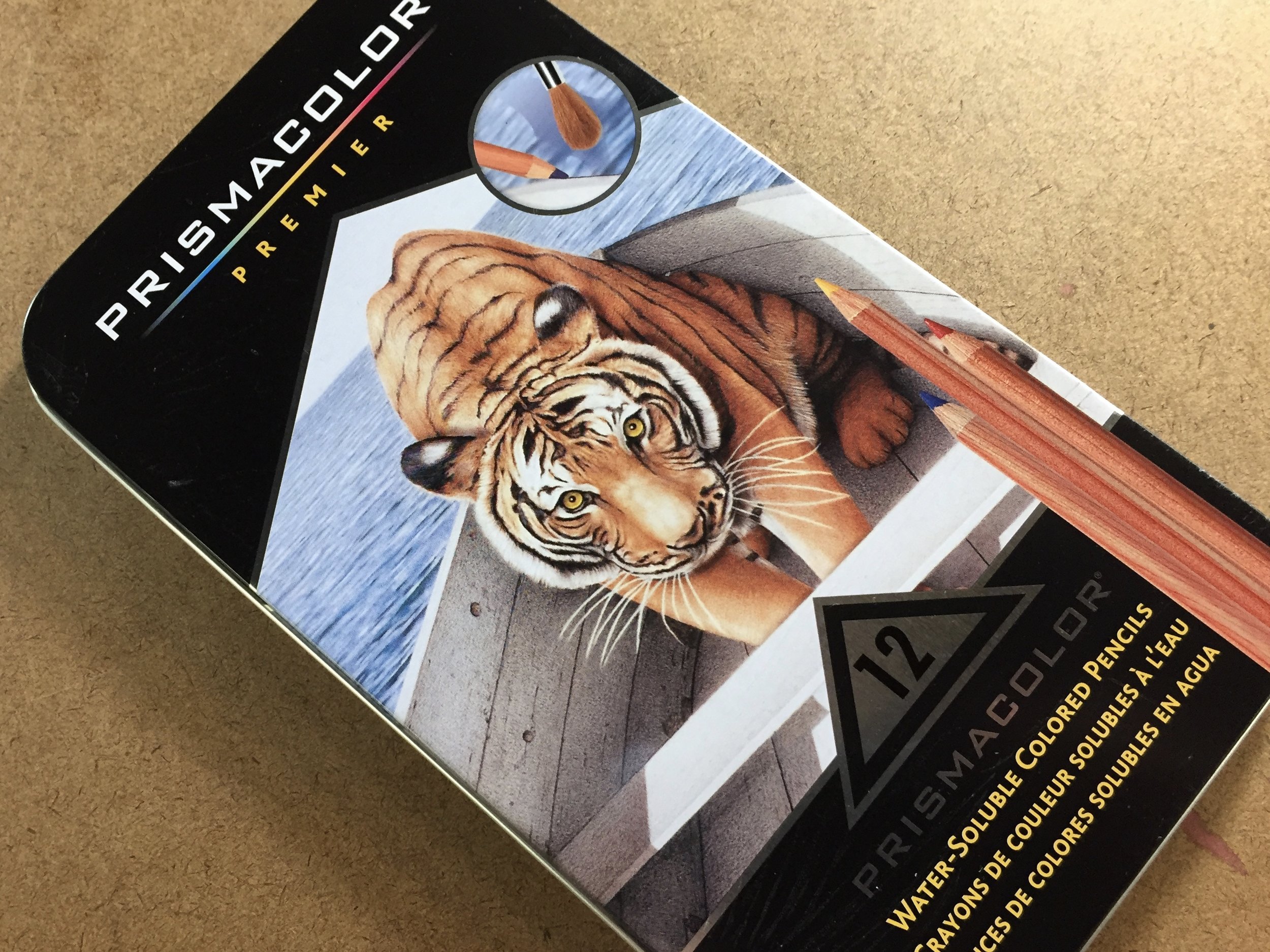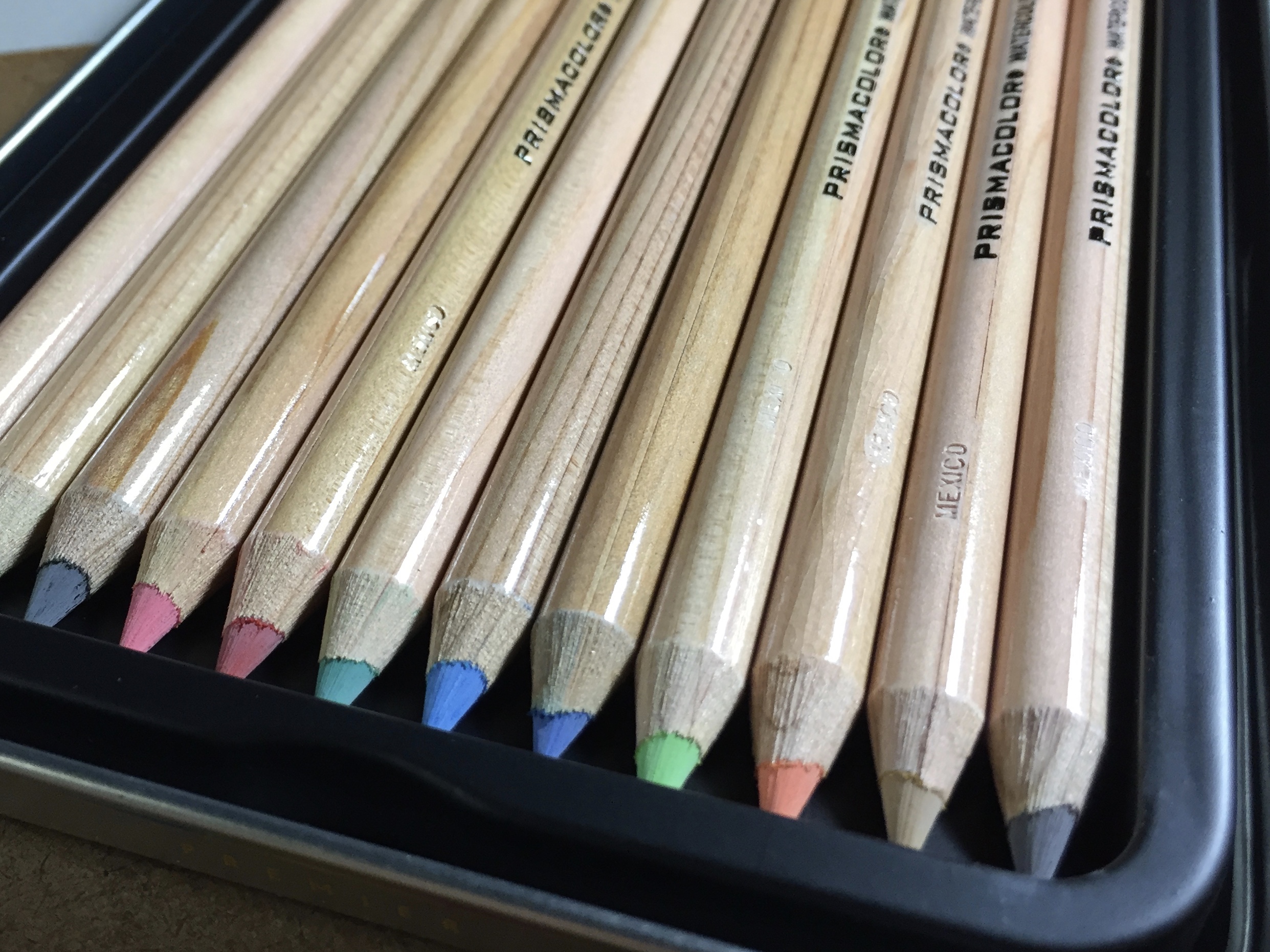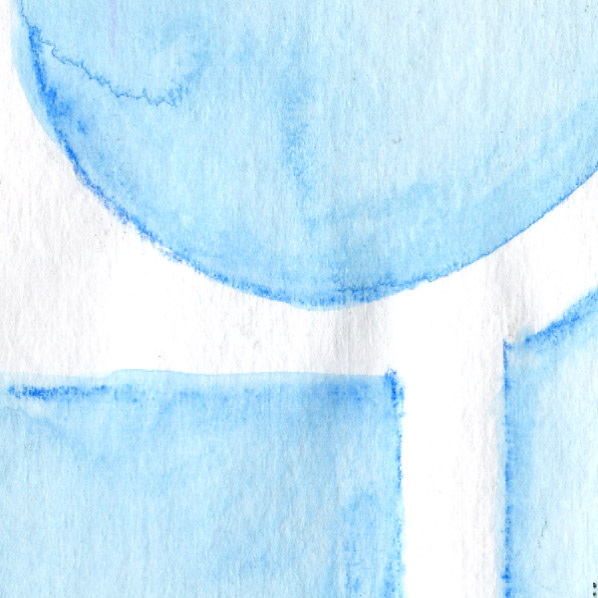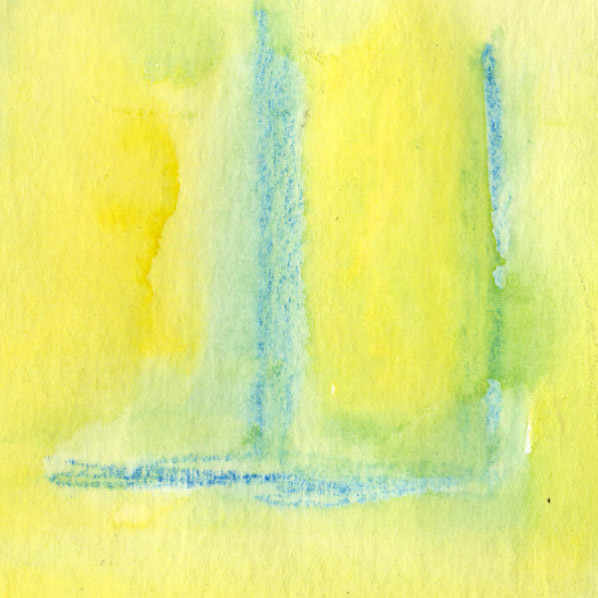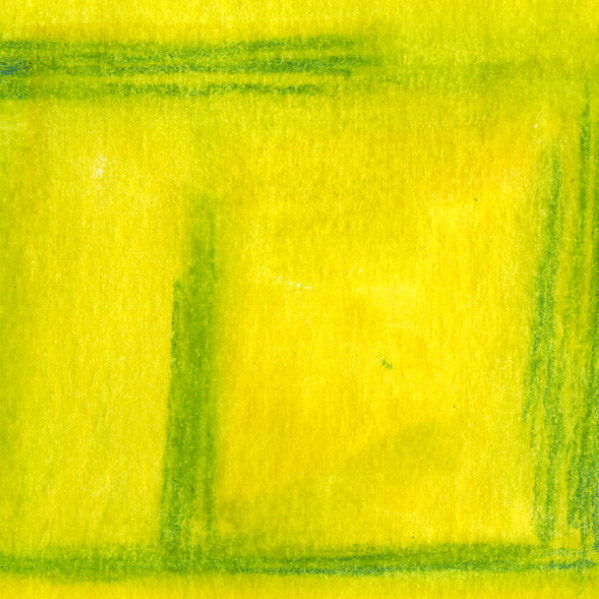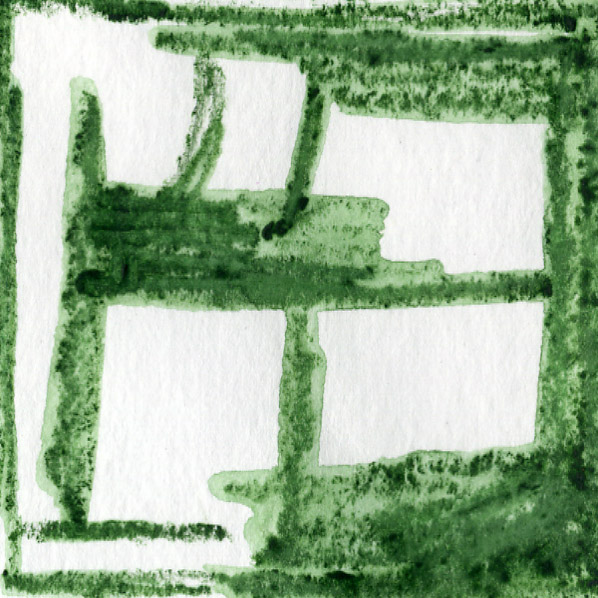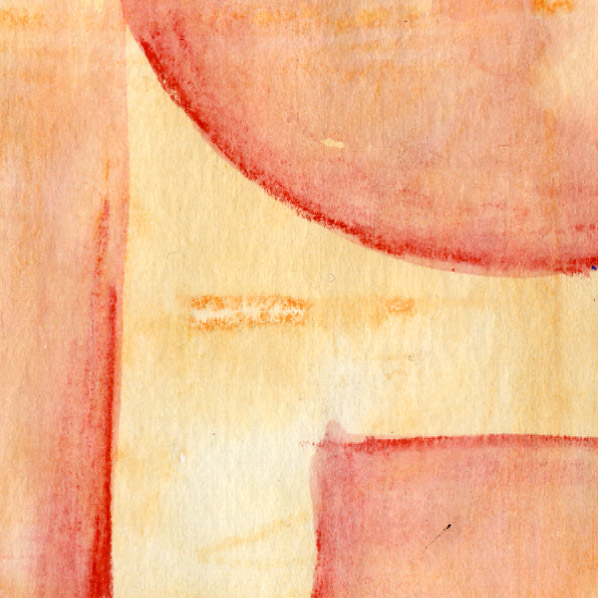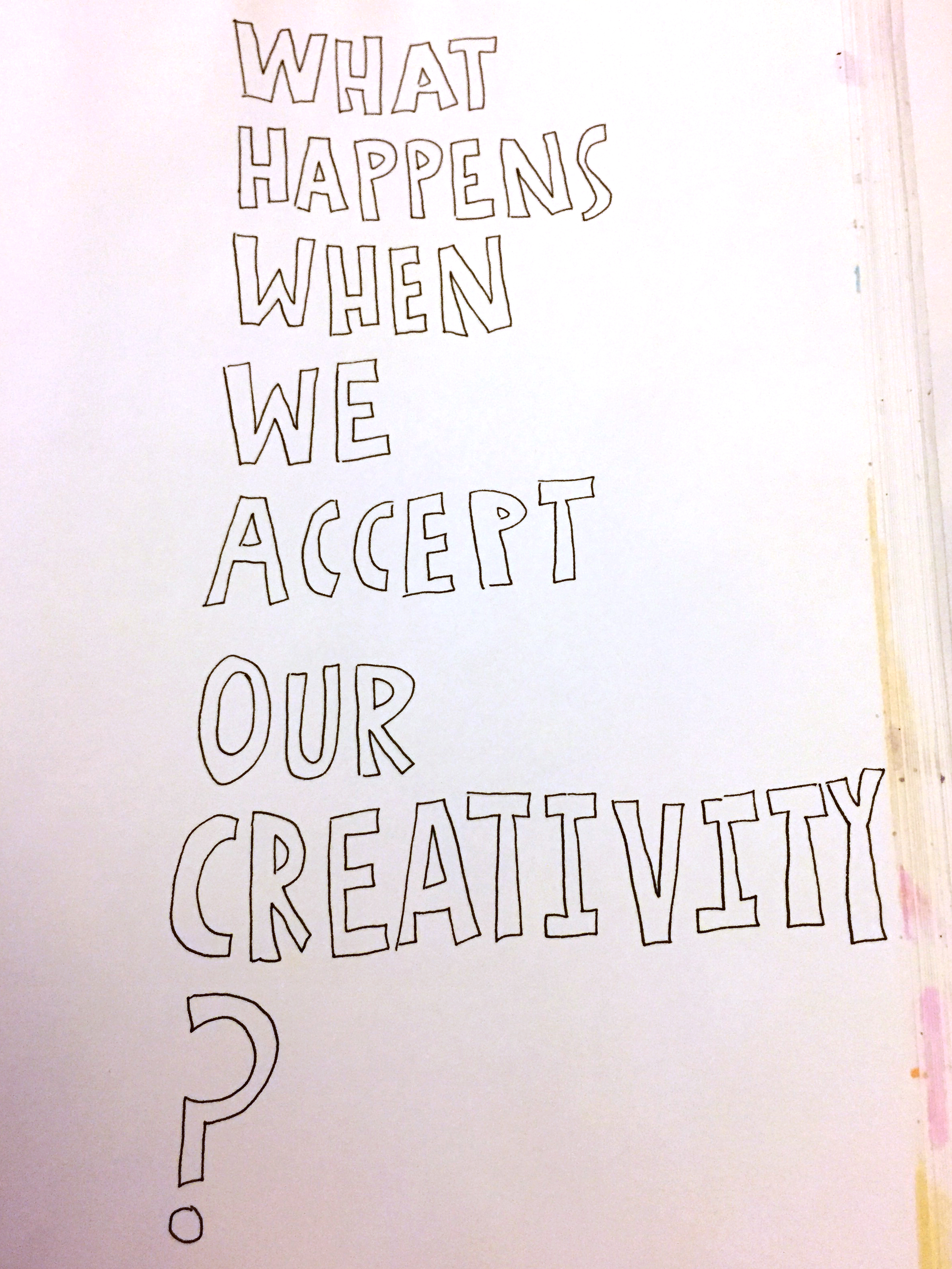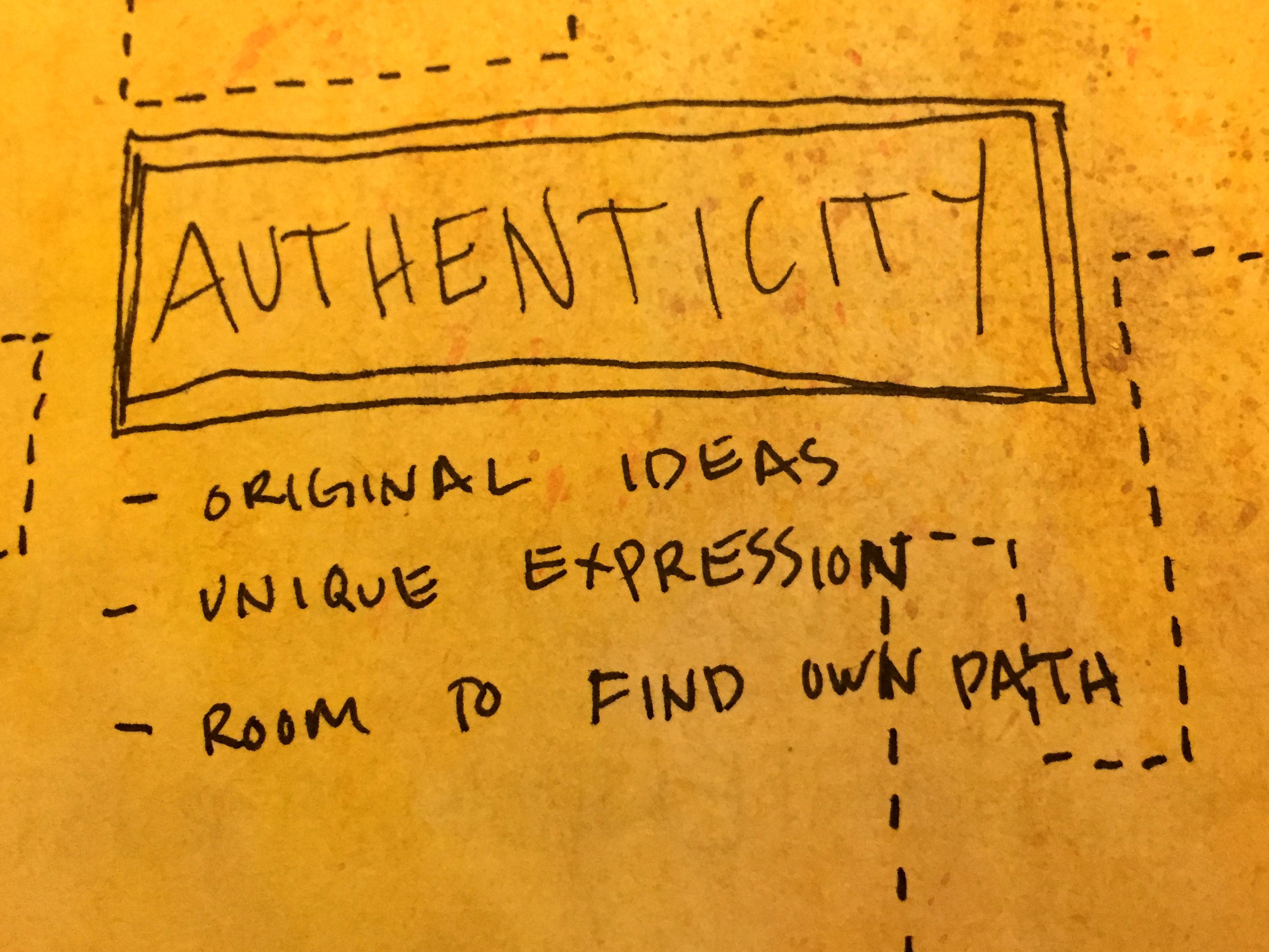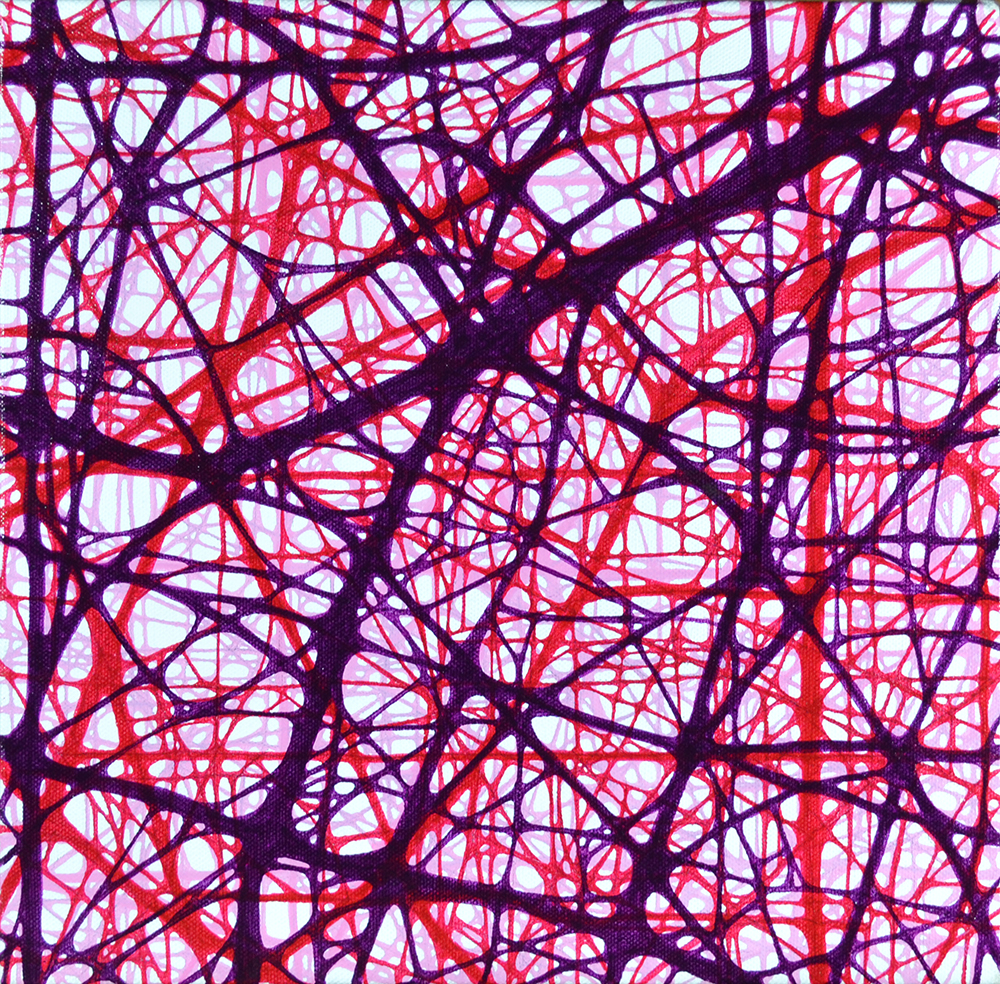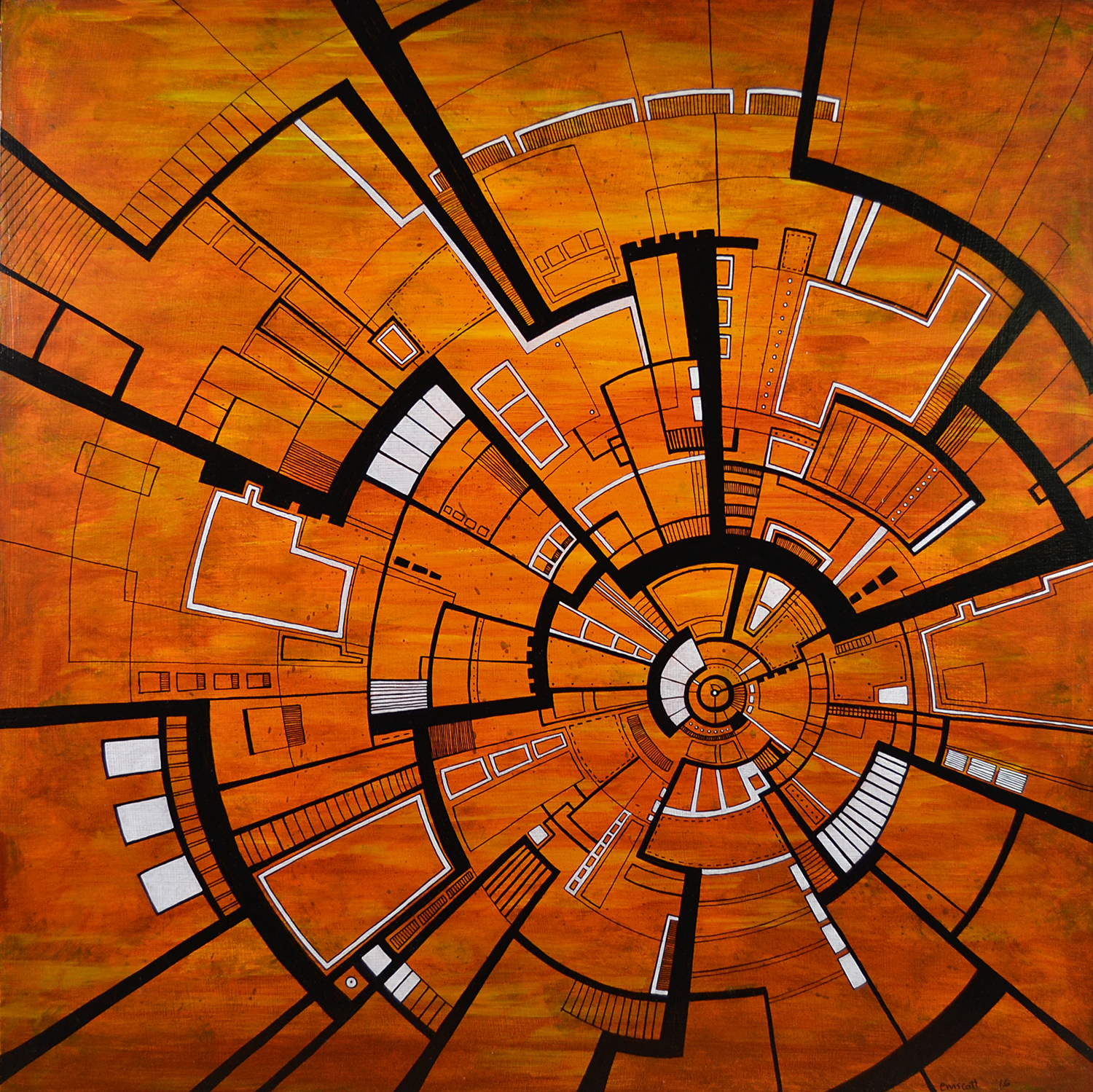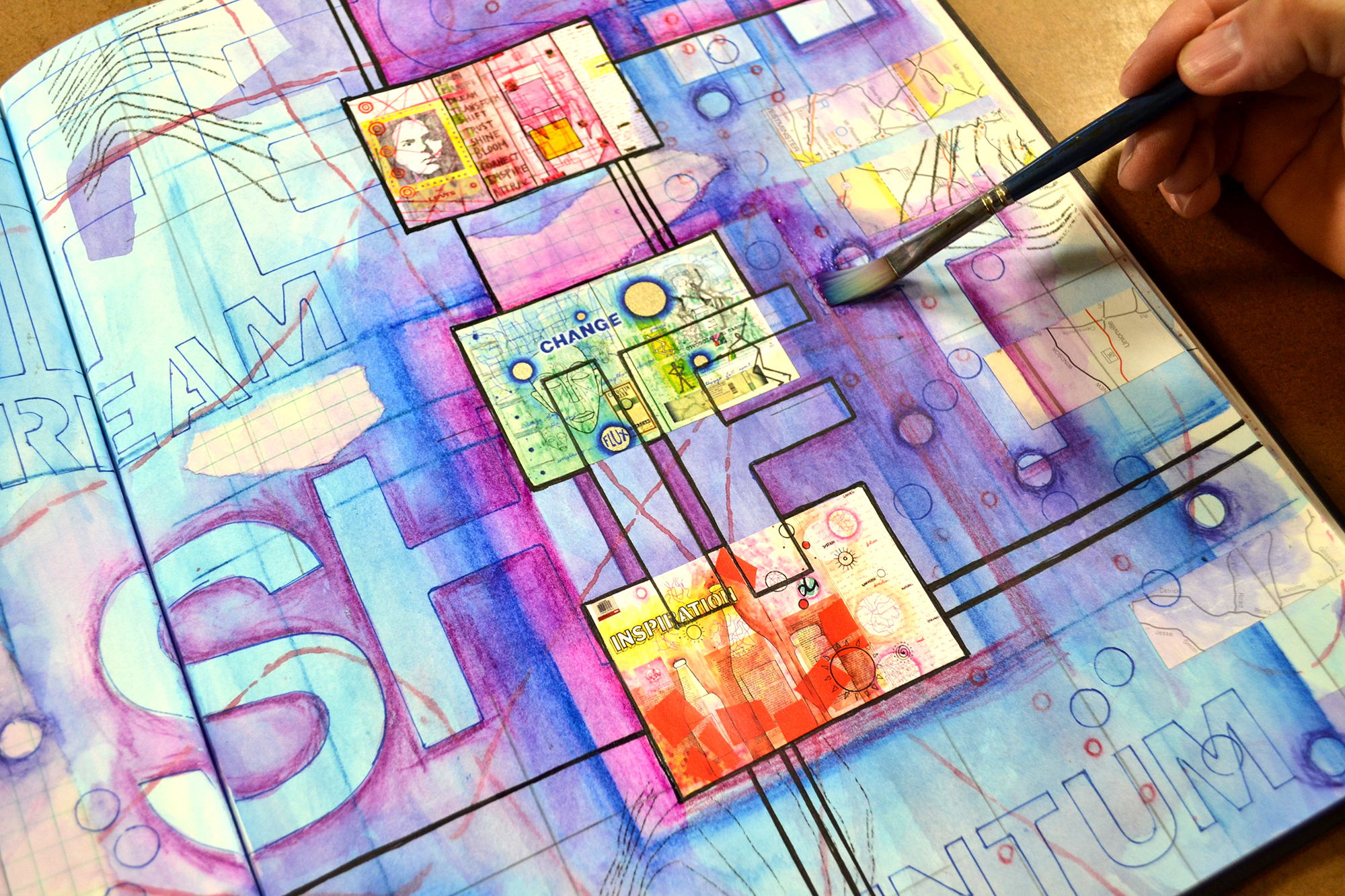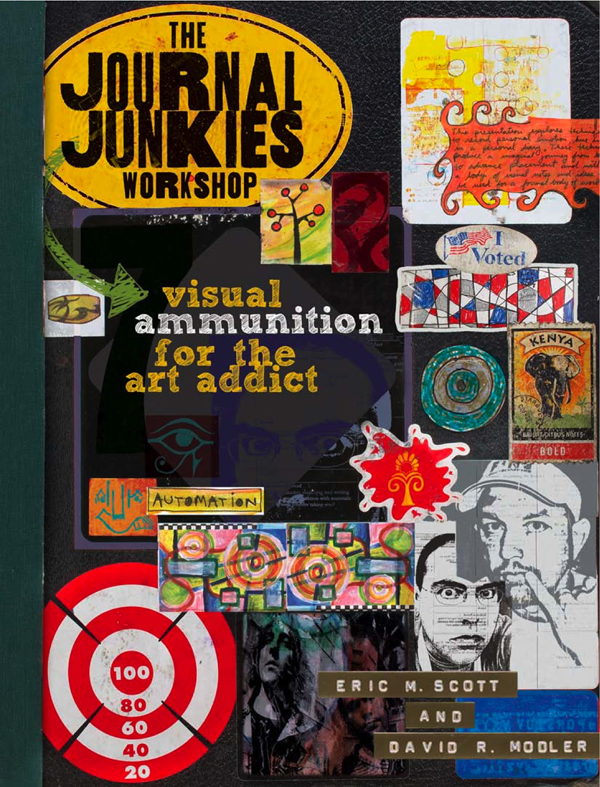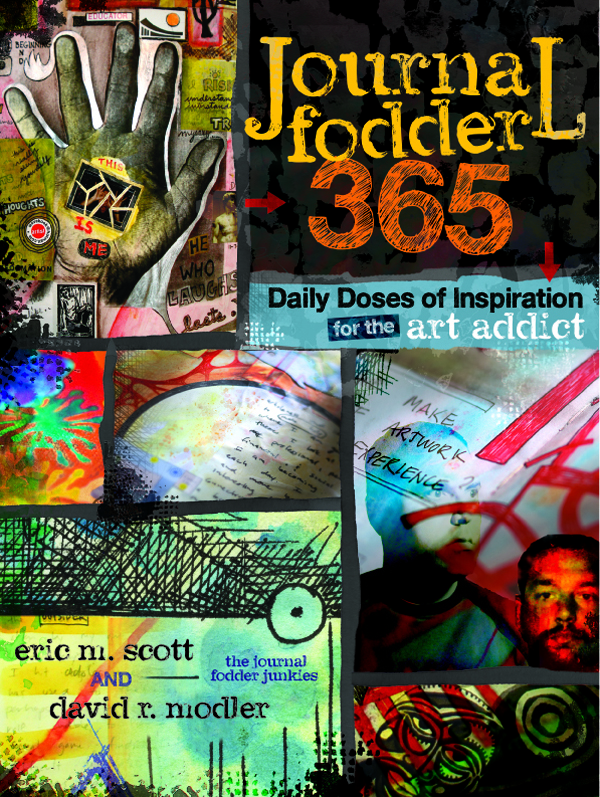Watercolor pencils are probably my favorite mixed media material since they combine two tried and true notions — drawing and painting. Similar to ordinary colored pencils, watercolor pencils can be used dry, and you can simply color and shade with them. But the magic happens when you combine them with water.
I discovered these pencils when I first got into working in the visual journal many, many years ago, and they quickly became a staple in my journal work as well my mixed-media, stand-alone pieces. Prismacolor was the first brand that I purchased, and I’ve been using them ever since. Prismacolor is a maker of professional quality art materials, and their markers and colored pencils have been been very popular with professional and amateur artists alike.
The watercolor pencils are no exception to this professional quality, so a set may seem expensive, but you get rich, vibrant colors and sturdy pencils. They pencil form gives you a lot of control and the ability to shade a variety of values, but as soon as you paint water over your marks, the pigment blends and bleeds giving a very nice painterly effect. You don’t have to just use water. Any medium that is water-based will work to spread the pencil, and using a contrasting color of watercolor paint gives you some vibrant color blends. Water-based makers also work to blend the pigment, and by coloring a light colored marker over the pencil, you can create some very rich results. Dark colored markers overpower the pencil. You can also dip the point of the pencil in water and draw with the wet tip to give you a darker color that looks more like marker.
Above all else, I love using these pencils to layer. Building up layers of different colors can create a lot of depth and richness in a piece. You can use any of the techniques above, but I normally just paint clear water over each layer, and allow it to dry completely before adding a new layer. It’s easy to build up 5 or 6 layers or even more.
I only have a few small issues with these pencils, but it’s not enough to detract from the color, the vibrancy, and the quality. The first issue (perhaps it’s not really an issue, but just part of the nature of all watercolor pencils) is that it’s difficult to get precise, even edges. Since there’s a lot of painting, edges can blend and bleed, so I like to use regular colored pencil to refine edges and even out any splotchy areas. The second issue is that many of the lighter colors are not completely transparent and have white in them, giving them a bit of a cloudy effect making it more difficult to build the rich, transparent layers that I like. My final issue is that the smallest set of 12 colors doesn’t have purple. It’s rather annoying since the reds and blues they include don’t mix to give you a vibrant purple. There are three different greens, but no purple. I’ve always scratched my head at that decision.
These are some great pencils to have in your artistic tool bag, and they’ve served me well over the years.

